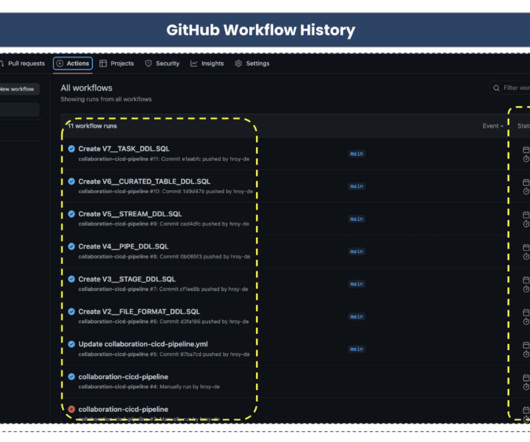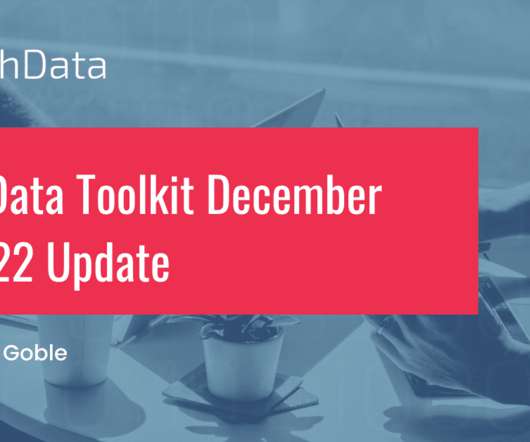How to Set up a CICD Pipeline for Snowflake to Automate Data Pipelines
phData
JUNE 14, 2023
which play a crucial role in building end-to-end data pipelines, to be included in your CI/CD pipelines. Declarative Database Change Management Approaches For insights into database change management tool selection for Snowflake, check out this article.












Let's personalize your content